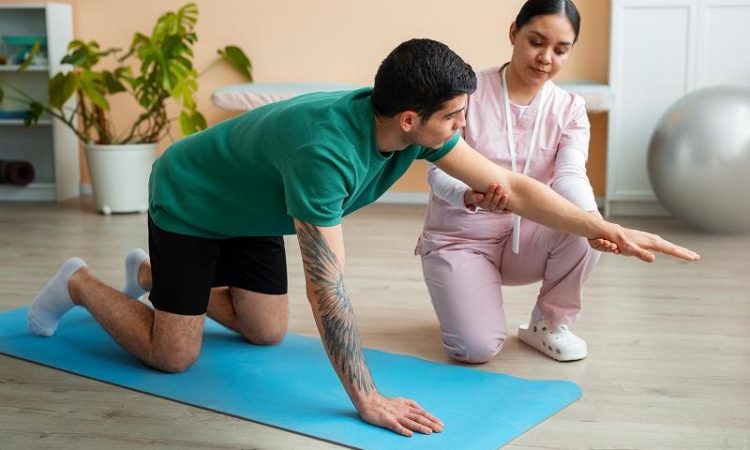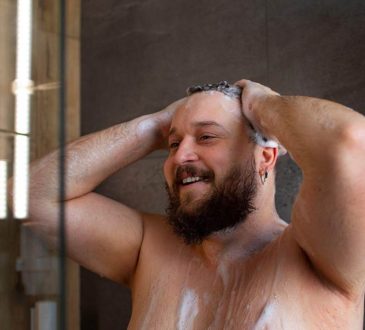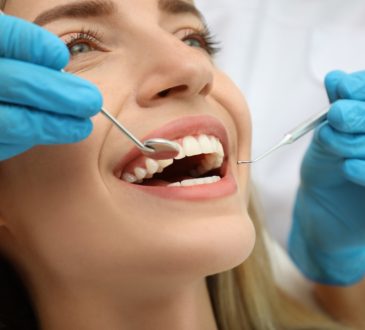Sports Orthopaedic in Singapore: Achieving the Recovery Game

Sports can be thrilling, but they also carry the risk of injury, sometimes from a sudden fall, other times from repetitive strain over months or years. In sports orthopaedic care in Singapore, the goal is to fix an injury, restore performance, prevent recurrence, and give patients the confidence to return to their game. From weekend warriors to professional athletes, sports orthopaedic specialists blend medical expertise with rehabilitation strategies for active lifestyles. Injury recovery in Singapore is a medical process and personal journey, shaped by balance, foresight, and science.
Finding Balance with Recovery and Performance
One of the challenges after a sports injury in Singapore is finding the right balance between recovery and returning to activity. Move too fast, and you risk aggravating the injury; move too slow, and you may lose strength and mobility. Sports orthopaedic specialists help patients navigate this fine line, tailoring recovery timelines to each individual’s condition, sport, and goals.
Balance often comes from phased rehabilitation. Early stages may focus on pain management, gentle mobility work, and controlled loading of the injured area. As healing progresses, exercises shift towards building strength, improving flexibility, and restoring sport-specific movements. For instance, a sprinter might transition from light resistance training to sprint drills. A tennis player might begin with low-intensity swings before returning to full match play.
Maintaining mental balance is equally important. Injuries can impact an athlete’s confidence, making them hesitant to push their limits again. A supportive care environment, combined with progressive milestones, can help athletes regain both physical readiness and self-assurance.
Preventing the Next Setback
Sports orthopaedic treatment plans don’t stop at healing. Once the immediate injury is resolved, the next focus is on preventing future problems. This involves analysing what led to the injury in the first place and addressing those underlying factors.
For example, repetitive stress injuries in runners might stem from biomechanical imbalances, poor footwear, or training errors. Addressing these could involve gait analysis, footwear recommendations, and modified training schedules. In sports like football or basketball, where sudden directional changes are common, injury prevention might include agility training and strengthening stabilising muscles around vulnerable joints like the knees and ankles.
Cross-training is another prevention strategy encouraged in sports orthopaedic care. By incorporating different forms of exercise, athletes can maintain fitness while reducing the repetitive strain of a single sport.
The mindset of thinking ahead also includes planning gradual returns to competition, ensuring athletes have the strength, flexibility, and endurance to handle the demands of their sport without overloading recovering tissues.
The Science Behind Sports Orthopaedics
Modern-day sports orthopaedic care draws from a deep understanding of biomechanics, sports physiology, and tissue healing science. Diagnosing a sports injury often involves an MRI or ultrasound to assess the extent of damage. However, the treatment doesn’t stop at identifying the injury. It’s also about understanding how that injury interacts with the body’s movement patterns.
Soft tissue injuries, like ligament tears or muscle strains, heal differently from bone fractures, requiring unique approaches to load management and rehabilitation. For instance, a torn anterior cruciate ligament (ACL) may require reconstructive surgery followed by months of progressive rehab. At the same time, a mild ankle sprain might heal with conservative treatment in a few weeks.
Rehabilitation also incorporates neuromuscular training. Re-teaching the brain and muscles to work together effectively. This is critical in sports recovery because it helps restore reaction time, coordination, and movement efficiency, all of which reduce the risk of reinjury.
Moreover, sports orthopaedics in Singapore is increasingly embracing evidence-based protocols, meaning treatment plans are guided by research on what delivers the better outcomes. This scientific approach ensures patients receive care that is both effective and personalised.
Back in the Game, Stronger Than Before
The journey from sports injury in Singapore to full recovery is a combination of medical expertise, patient commitment, and strategic planning. With sports orthopaedic care, the focus extends beyond immediate recovery to long-term performance, injury prevention, and confidence building. Whether aiming to finish a marathon, return to your weekly football matches, or enjoy an active lifestyle without pain, seeking timely care from a sports orthopaedic specialist can make all the difference. The right recovery plan doesn’t just get you back in the game. It helps you stay performing at your best.
Don’t let an injury bench you for good. Book a consultation with Dr. Bryan Tan today and take the first step towards a stronger comeback.










